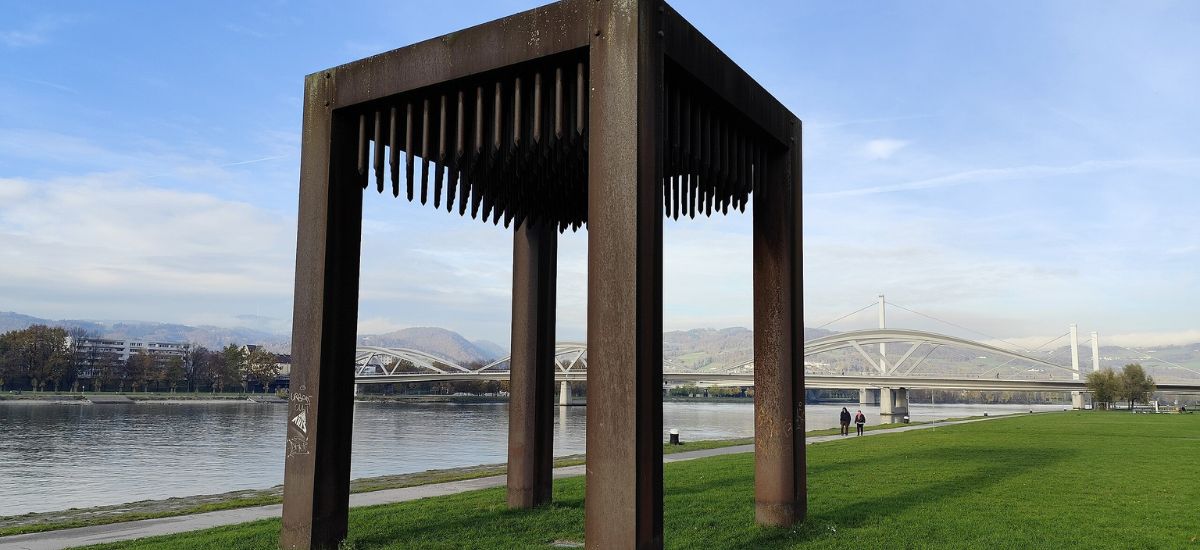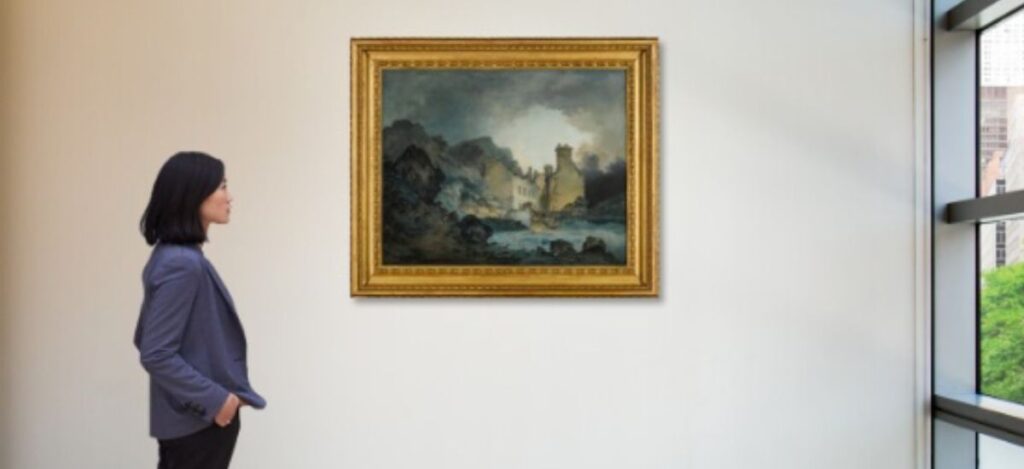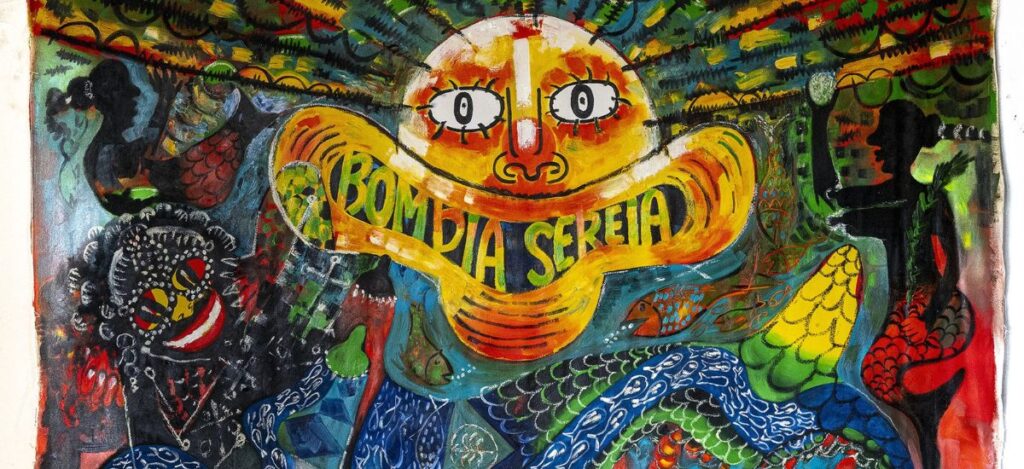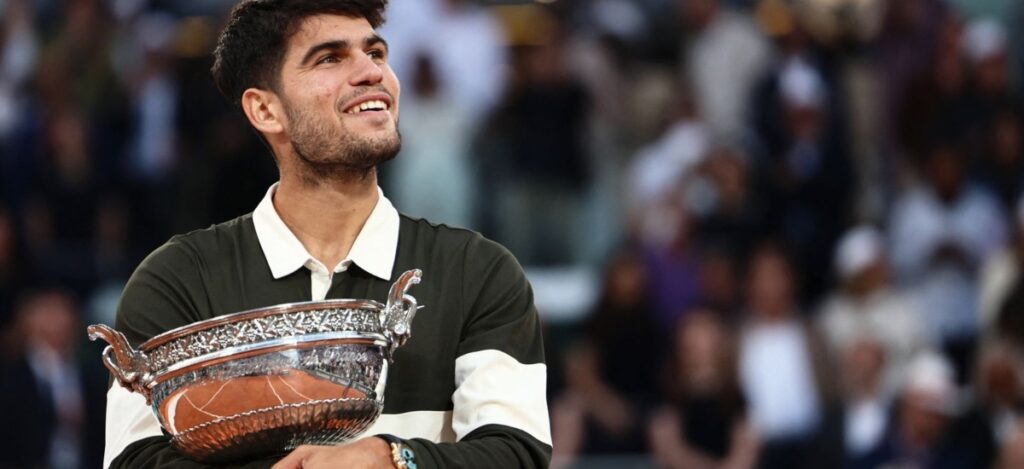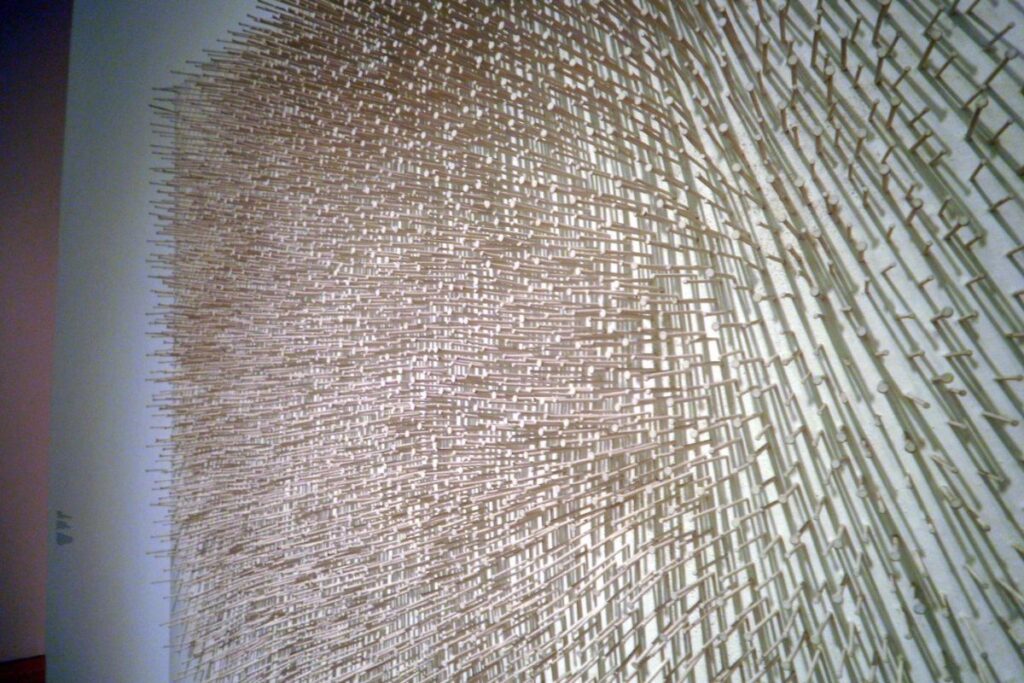Günther Uecker died on 10 June 2025 in Düsseldorf, aged 95. His passing closes a remarkable career that spanned eight decades.
Just months earlier, he unveiled four towering blue-glass windows for Schwerin Cathedral, a final hymn of light and color.
Uecker earned the nickname “nail artist,” yet his vision always went beyond hardware. He forged spaces where light, shadow, and human vulnerability meet. Each hammered nail became a pulse, turning personal trauma into luminous calm.

